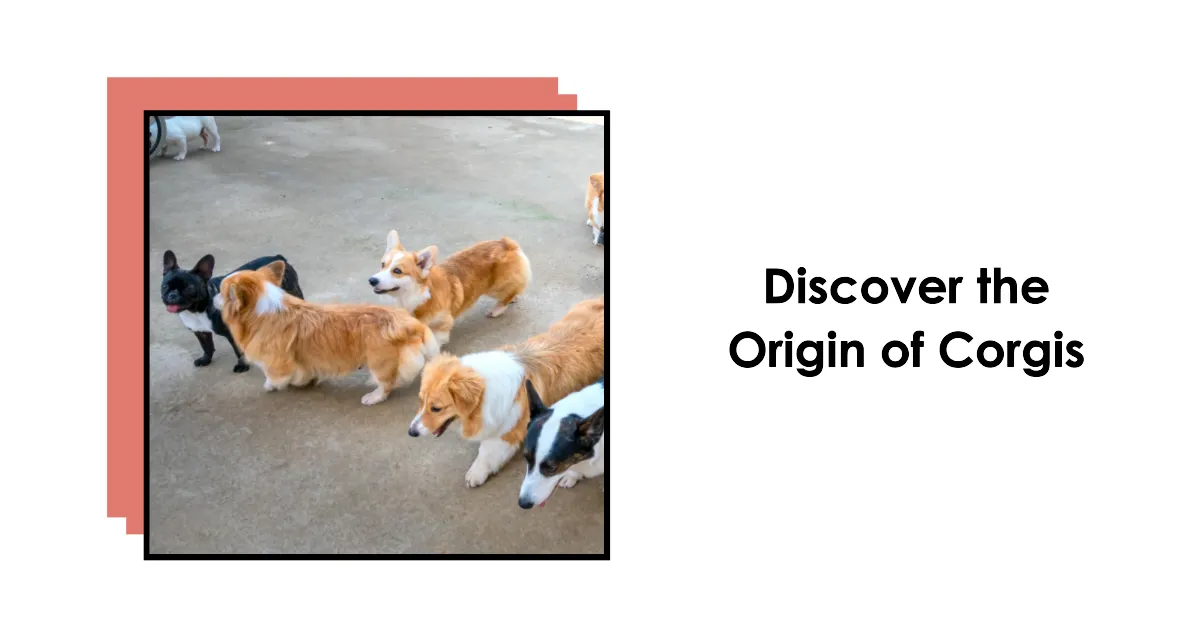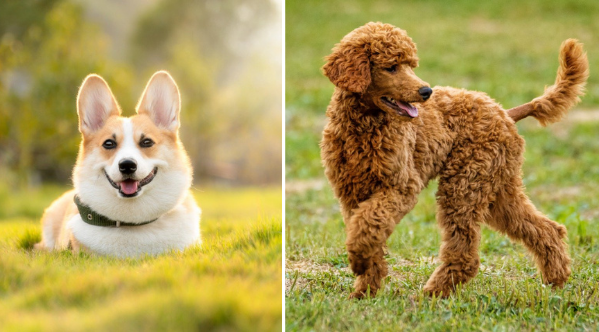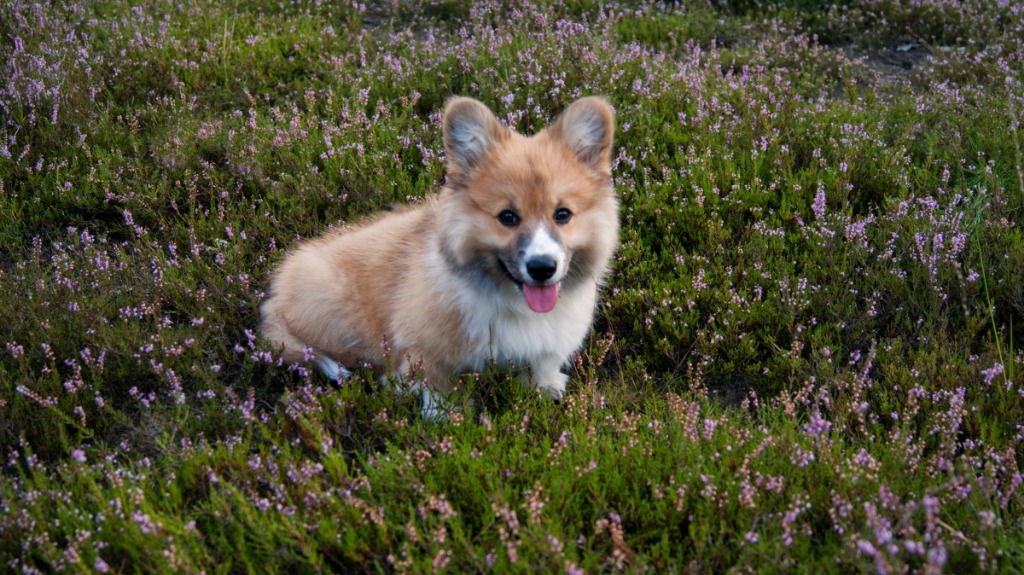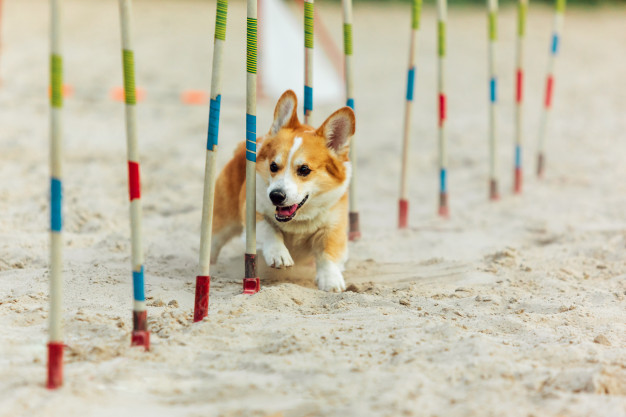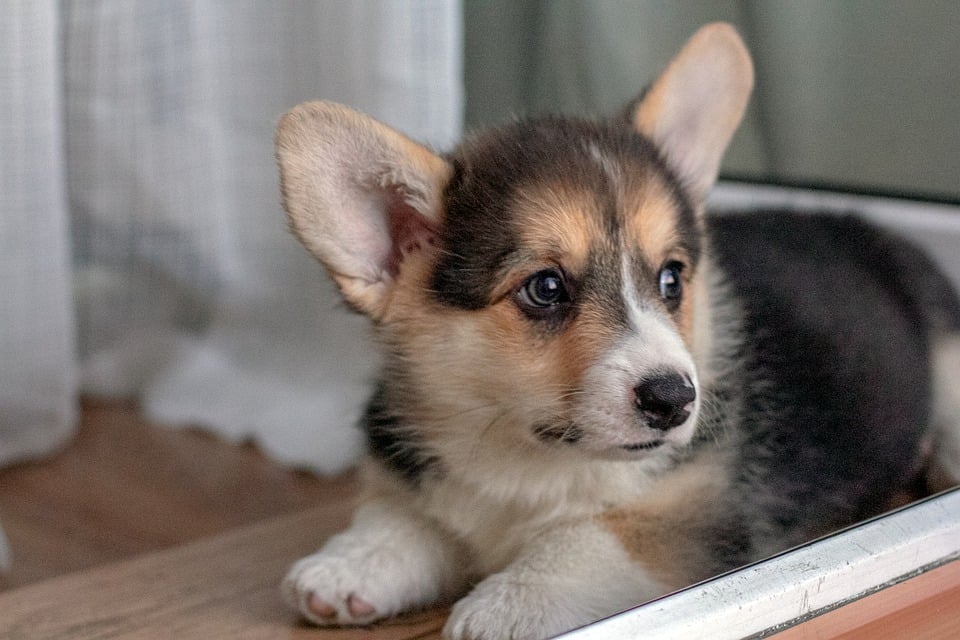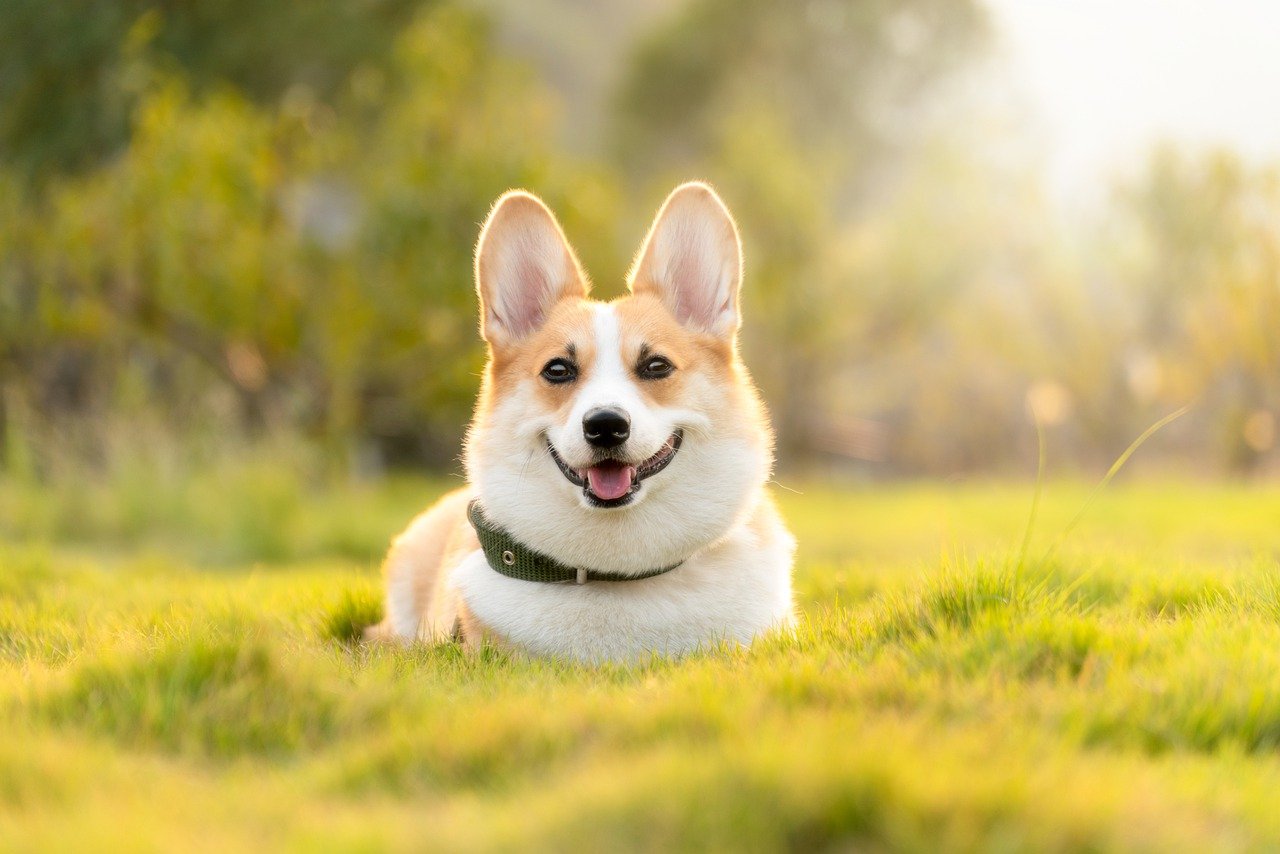Master the Art of Fetch with Your Furry Friend
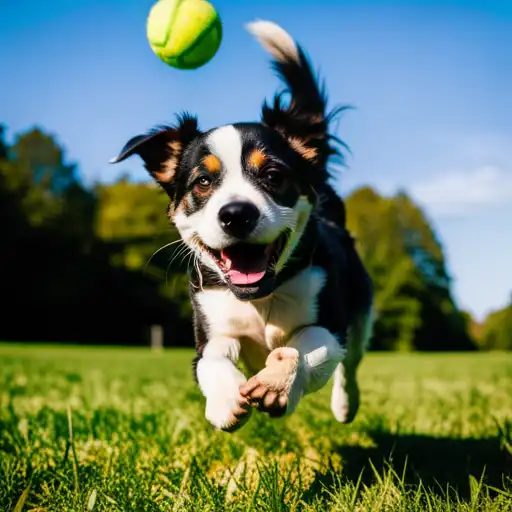
Did you know that playing fetch with your furry friend can provide not only physical exercise, but also mental stimulation? It's true! Fetch is a fantastic game that can help keep your dog happy, healthy, and well-behaved.
In this guide, you'll learn how to master the art of fetch, ensuring a fun and safe experience for both you and your four-legged companion.
From choosing the right fetch toys to establishing the basic command, we'll cover all the essential steps you need to know. You'll also discover proper throwing techniques, how to encourage retrieval and drop, and ways to add challenges and variations to keep the game exciting.
Plus, we'll show you how to incorporate fetch into your training sessions for even more benefits.
So, grab your dog's favorite toy, and let's dive in to master the art of fetch together!
Choosing the Right Fetch Toys
To ensure a successful game of fetch with your furry friend, start by selecting the appropriate toys from a variety of options. Proper toy maintenance is essential to keep your dog safe during playtime. It's important to choose toys that are durable and made from non-toxic materials to prevent any harm to your pet.
Interactive fetch toys, such as balls with built-in squeakers or treat dispensers, offer multiple benefits. They not only keep your dog engaged and entertained but also provide mental stimulation and exercise. When selecting interactive toys, make sure they're age and size-appropriate for your dog.
Regularly inspect the toys for any signs of wear and tear and discard them if they become damaged. Remember, safety should always come first when it comes to playtime with your furry friend.
Establishing the Basic Fetch Command
Teach your furry friend the basic fetch command by using a clear cue and positive reinforcement. This command is essential for a successful game of fetch and can be taught with a few simple steps. Here's how you can establish the basic fetch command:
- Start by choosing a cue word or phrase, such as 'fetch' or 'go get it.' Use this cue consistently every time you want your dog to retrieve the toy.
- Show your dog the toy and encourage them to take it in their mouth. Use treats or praise to reward them for picking up the toy.
- Toss the toy a short distance and use the cue word. Encourage your dog to go after the toy and bring it back to you.
- When your dog brings the toy back, reward them with treats or praise. Repeat this process, gradually increasing the distance of the throws.
Practicing consistency and using positive reinforcement will help your furry friend understand the fetch command. However, there are common challenges that you may encounter along the way.
If your dog isn't interested in the toy, try using a different one or adding a treat to make it more enticing. If your dog doesn't bring the toy back, use a long leash to gently guide them back to you.
With patience and practice, you and your furry friend will master the art of fetch in no time.
Practicing Proper Throwing Techniques
Now that you've established the basic fetch command with your furry friend, it's time to focus on practicing proper throwing techniques.
To ensure a successful game of fetch, there are a couple of key points to keep in mind.
First, be mindful of the optimal throwing distance for your dog's size and energy level.
Second, pay attention to your arm motion and make sure you're using the correct technique for a consistent and accurate throw.
Let's dive right in and explore these points further.
Optimal Throwing Distance
You should regularly practice throwing the ball at the optimal distance to improve your throwing techniques. Calculating the optimal throwing angles is crucial for ensuring the safety and enjoyment of both you and your furry friend.
Here are a few tips to help you adjust the throwing distance based on your dog's size and breed:
- Consider your dog's size: Larger dogs may require a longer throwing distance to fully engage in the game, while smaller dogs may prefer a shorter distance to avoid exhaustion.
- Take into account your dog's breed: Some breeds, like Retrievers, have a natural instinct to retrieve and may enjoy longer throws. Others, like Bulldogs, may have a harder time running long distances and would benefit from shorter throws.
- Start with shorter distances: If you're unsure, it's always better to start with shorter throws and gradually increase the distance as your dog gets more comfortable.
- Pay attention to your dog's energy level: If your dog seems tired or uninterested, it's time to take a break or adjust the throwing distance accordingly.
Correct Arm Motion
To ensure effective throws during a game of fetch with your furry friend, it's important to master the correct arm motion.
When it comes to throwing the ball, your arm position plays a crucial role in achieving accuracy and distance. Start by holding the ball in your dominant hand, with your elbow bent at a 90-degree angle. This will allow for better control and power in your throw.
As you release the ball, make sure to extend your arm fully, aiming for a smooth and fluid motion. Avoid common mistakes such as throwing with a stiff arm or flicking your wrist, as these can result in inaccurate throws and potential injuries.
Encouraging Retrieval and Drop
Encourage your furry friend to retrieve and drop by using specific cues and rewards. Positive reinforcement is key when teaching your dog to retrieve and drop objects during a game of fetch. Here are some tips to help you with this process:
- Use a clear and consistent cue: Choose a word or phrase that you'll use consistently to signal your dog to retrieve and drop the item. For example, you can use 'fetch' for retrieval and 'drop' for dropping the object.
- Reward with treats: When your dog successfully retrieves and drops the item, reward them with a treat. This positive reinforcement will help reinforce the desired behavior.
- Practice in a safe environment: Start by practicing fetch in a secure and enclosed area, such as your backyard or a dog park. This will help prevent your dog from running off with the object.
- Be patient and persistent: Teaching retrieval cues takes time and practice. Keep sessions short and fun, and be patient with your furry friend as they learn.
Adding Challenges and Variations to the Game
To add excitement and increase engagement, incorporate various challenges and variations into the game of fetch with your furry friend.
One way to do this is by adding obstacles to the fetch game. Set up a small agility course in your backyard or use items like cones or hurdles to create a mini obstacle course. This won't only make the game more fun for your dog but also help improve their coordination and agility.
Another variation you can try is teaching your dog to catch the ball in mid-air. Start by tossing the ball low and gradually increase the height as your dog becomes more comfortable. Remember to use soft, lightweight balls to avoid any injuries.
These challenges and variations will keep your furry friend engaged and make the game of fetch even more enjoyable for both of you.
Incorporating Fetch Into Training Sessions
You can easily incorporate fetch into your training sessions to reinforce commands and encourage focus. Fetch isn't only a fun game for your furry friend, but it can also be a valuable tool in obedience training. Here are some ways to incorporate fetch into your training sessions:
- Use the 'sit' or 'stay' command before throwing the ball, and only allow your dog to fetch it once they've obeyed.
- Incorporate positive reinforcement by praising and rewarding your dog with treats or verbal praise when they bring the ball back to you.
- Make sure to incorporate fetch in obedience training by practicing other commands such as 'drop it' or 'leave it' when your dog retrieves the ball.
- Keep the sessions short and engaging to maintain your dog's focus and prevent them from getting bored.
Ensuring Safety and Fun for Both You and Your Furry Friend
Now that you and your furry friend are ready to play fetch, it's important to ensure both of your safety and maximize the fun.
One way to do this is by selecting the right toys for your game. Make sure they're suitable for your dog's size and chewing habits.
Additionally, establishing clear boundaries during playtime will help prevent accidents and keep the game enjoyable for both of you.
Proper Toy Selection
When selecting toys for your furry friend, prioritize safety and fun to ensure an enjoyable game of fetch. Choosing the right toys is essential for both you and your pet to have a great time while keeping safety in mind.
Here are some key factors to consider when selecting toys:
- Toy durability: Look for toys that are made of sturdy materials and are designed to withstand the rough play that comes with fetch. Avoid toys that easily break or have small parts that can be chewed off and swallowed.
- Interactive playtime: Opt for toys that encourage interaction between you and your furry friend. Toys like balls, frisbees, or rope toys are great options as they allow you to actively participate in the game of fetch.
- Size matters: Make sure the toy is an appropriate size for your pet. Avoid small toys that could present a choking hazard and choose toys that are suitable for your pet's breed and size.
- Safety first: Always supervise your pet during playtime to prevent any accidents or injuries. Regularly check the toys for any signs of wear and tear, and replace them if necessary.
Establishing Clear Boundaries
Ensure the safety and fun of both you and your furry friend by establishing clear boundaries during a game of fetch. Setting boundaries is crucial to prevent accidents and ensure a positive experience for both of you.
Start by designating a specific area for play, such as a fenced-in yard or an open field away from roads. This will prevent your pup from running off and getting into trouble.
Additionally, establish rules for when the game starts and ends, so your furry friend knows when it's time to play and when it's time to stop.
Use rewards and positive reinforcement to encourage good behavior and reinforce the boundaries you've set.
Frequently Asked Questions
Can I Use Any Type of Toy for Fetch, or Are There Specific Toys That Are Better for This Game?
Using different toys for fetch can affect your dog's performance in the game. The choice of toy can impact their engagement and safety. Opt for safe, durable toys specifically designed for fetch to ensure a fun and successful game for you and your furry friend.
How Can I Make My Dog Understand the Fetch Command if They Are Not Naturally Inclined to Retrieve Objects?
To make your dog understand the fetch command, use positive reinforcement to encourage them to retrieve objects. You can also try alternative methods or training techniques to teach them the fetch command.
Is There a Specific Technique I Should Use When Throwing the Toy During a Game of Fetch?
When playing fetch with your furry friend, it's important to use proper throwing techniques. Experiment with different types of toys to find what they enjoy most. Remember to prioritize safety for both you and your dog.
My Dog Tends to Run off With the Toy After Retrieving It. How Can I Teach Them to Drop It on Command?
To teach your dog to drop the toy on command, start by saying "drop it" when they have the toy in their mouth. Offer a tasty treat as a reward for dropping it. Repeat this process until they understand the command.
Are There Any Advanced Variations or Challenges I Can Add to the Game of Fetch Once My Dog Has Mastered the Basic Commands?
Looking to take fetch to the next level? Once your dog has mastered the basics, try incorporating advanced fetch variations and challenges. It'll keep them engaged and entertained while sharpening their skills!

